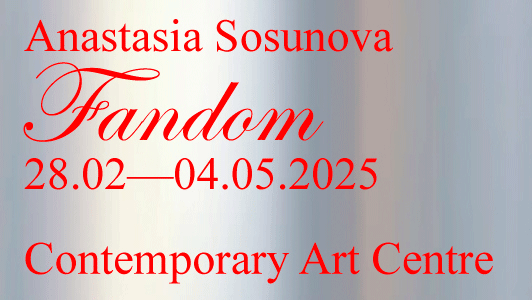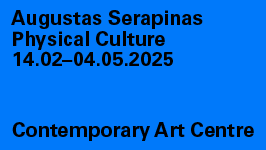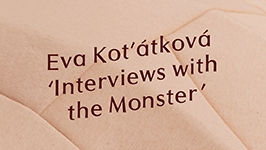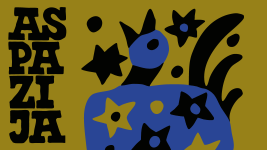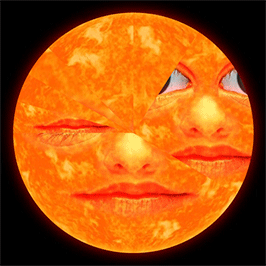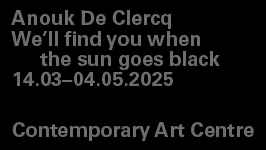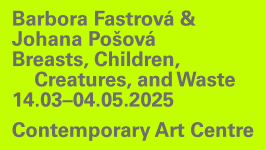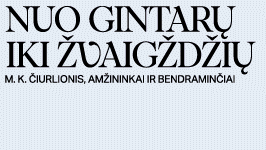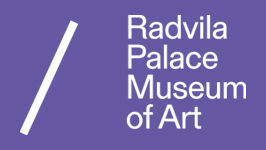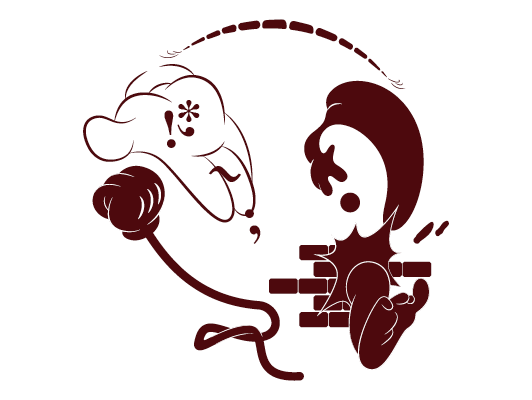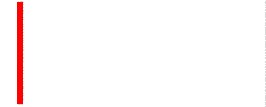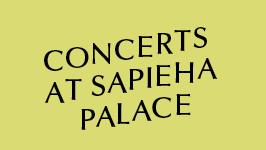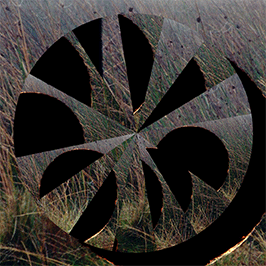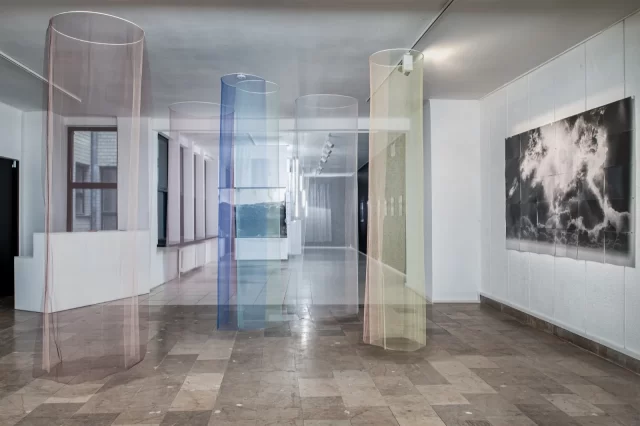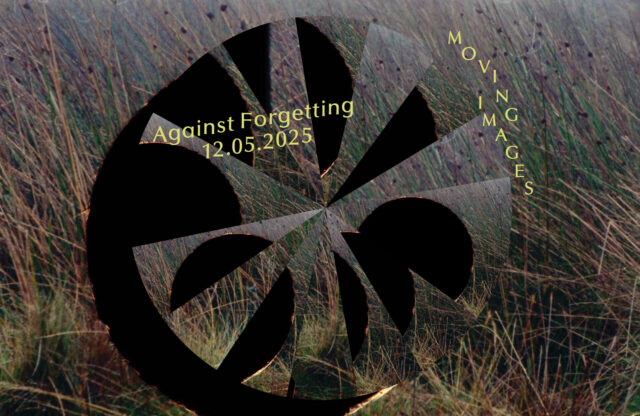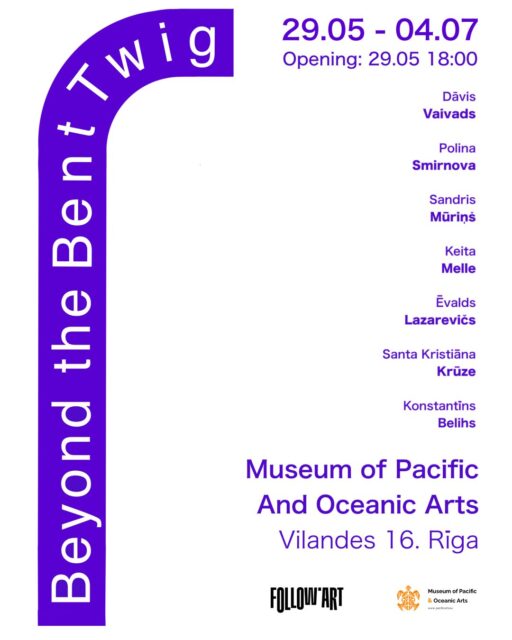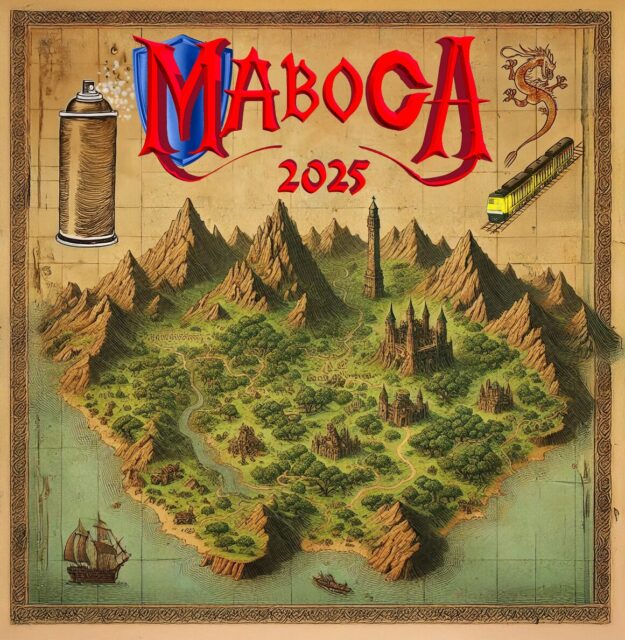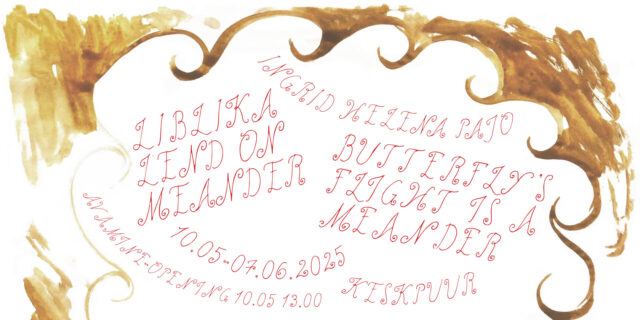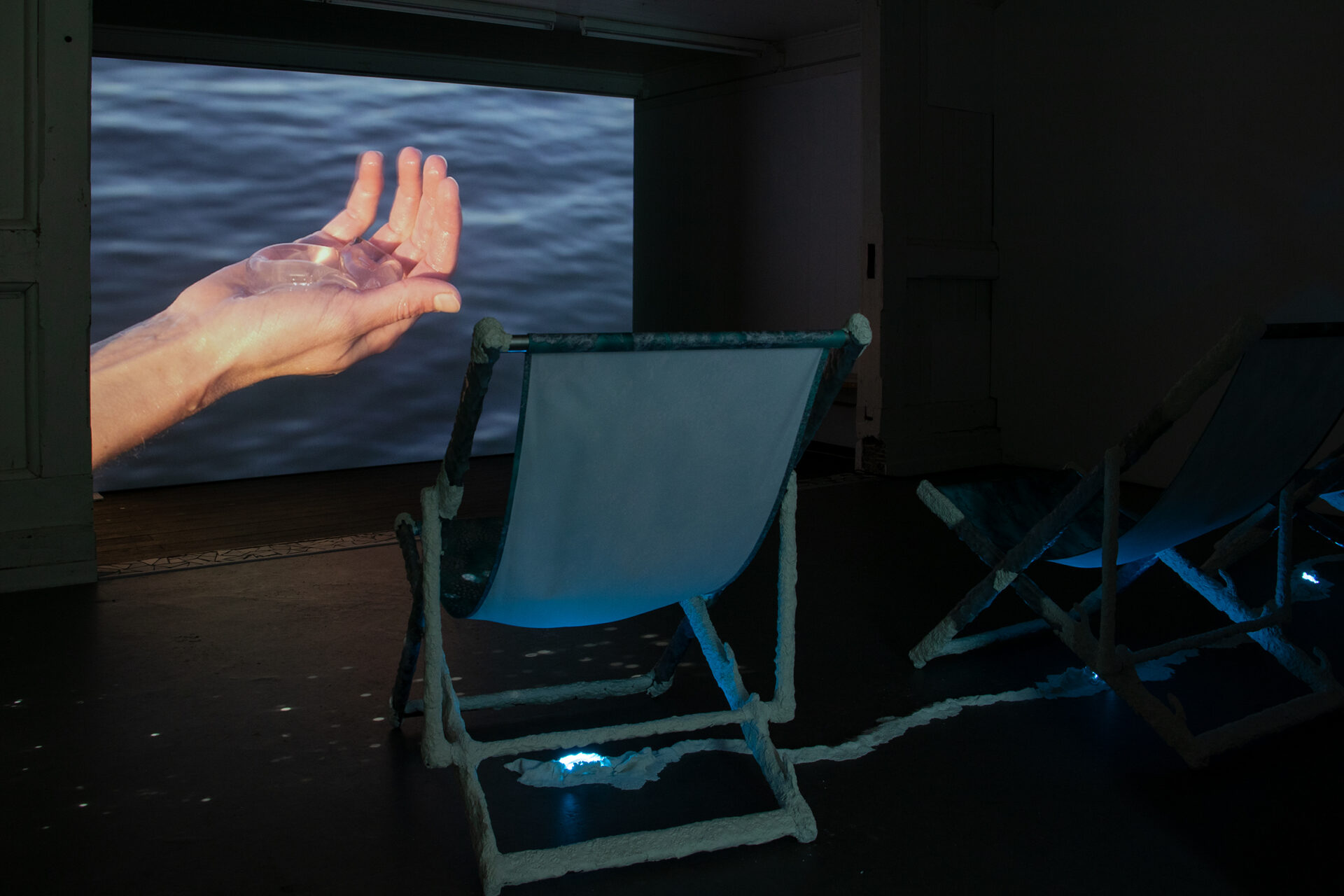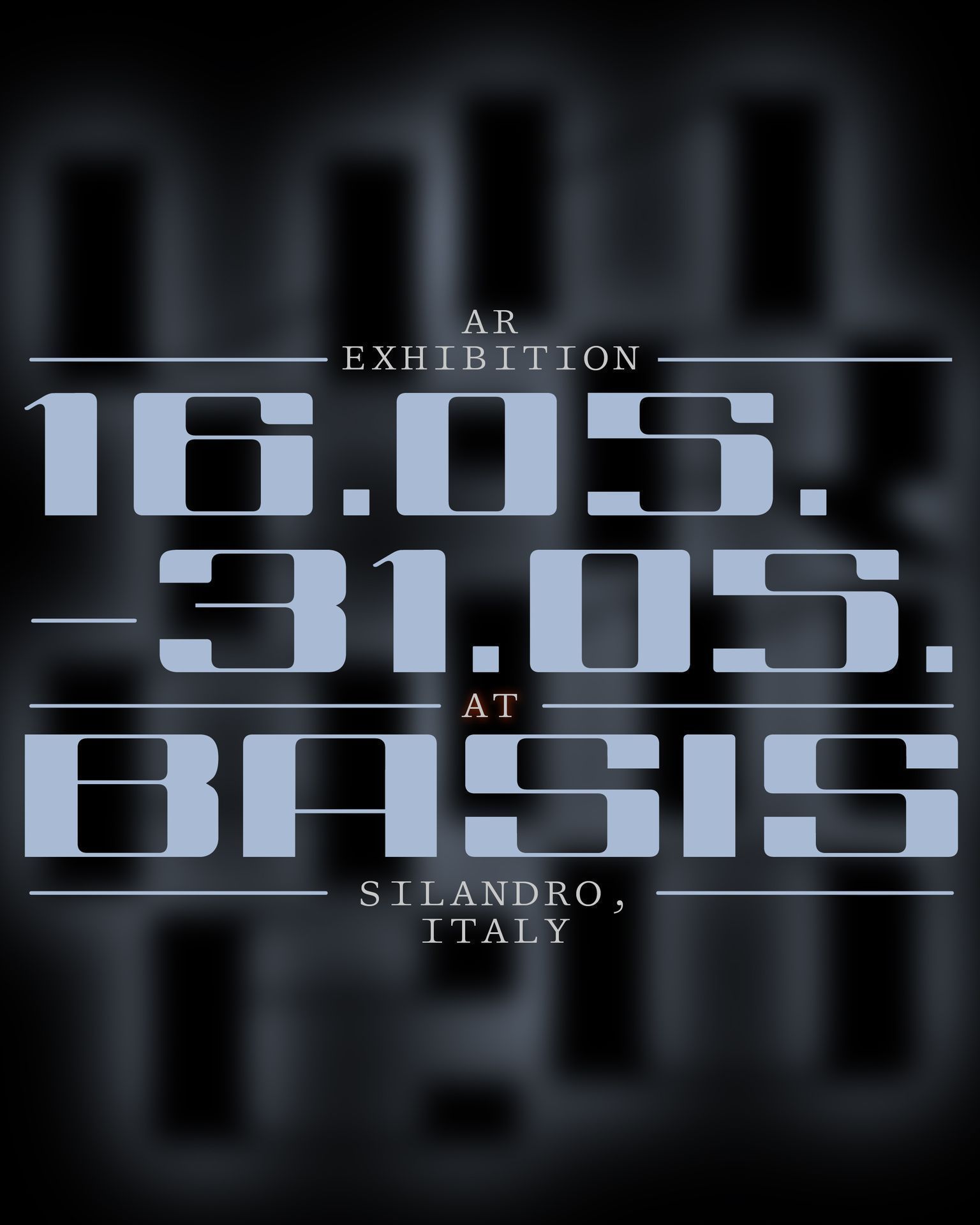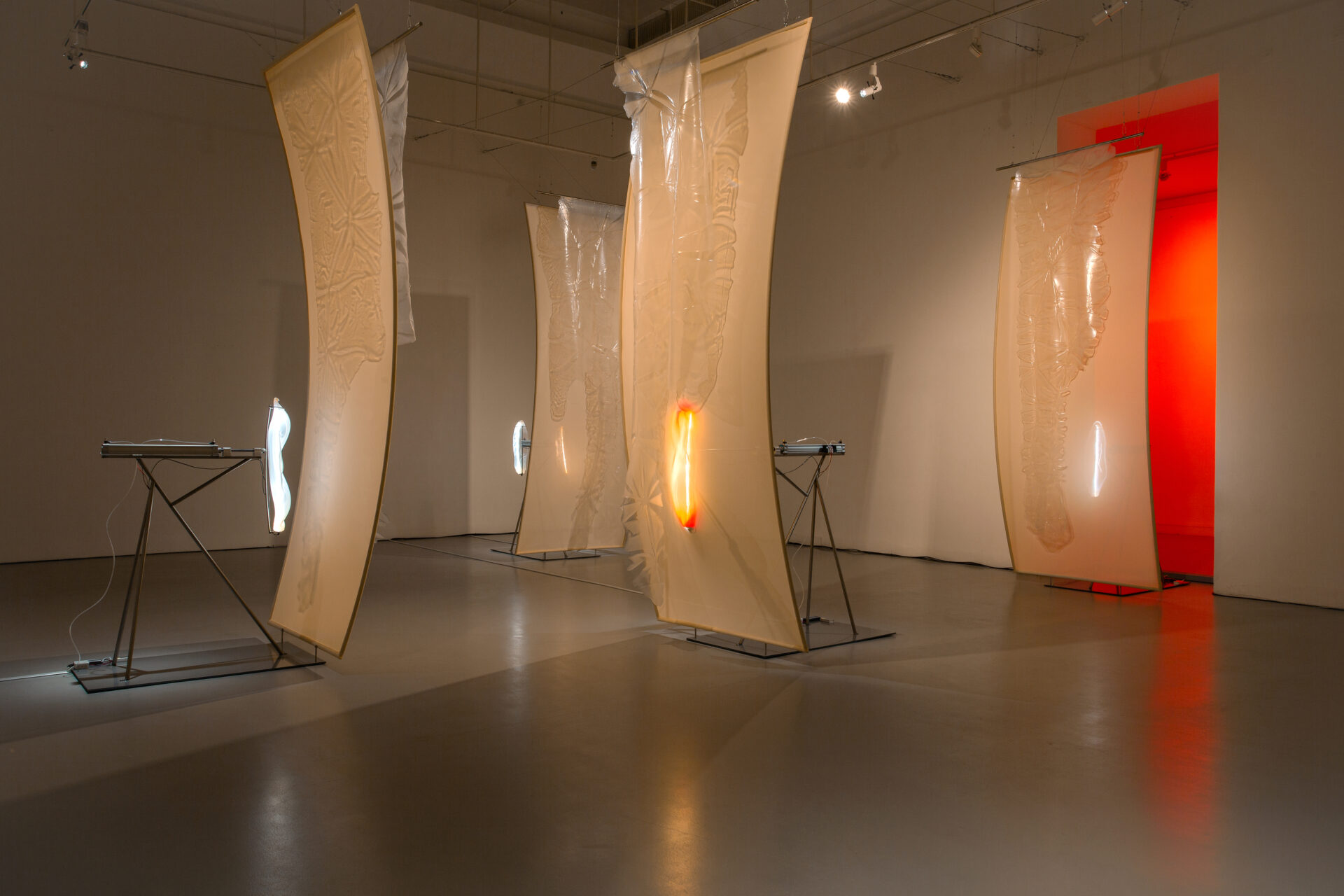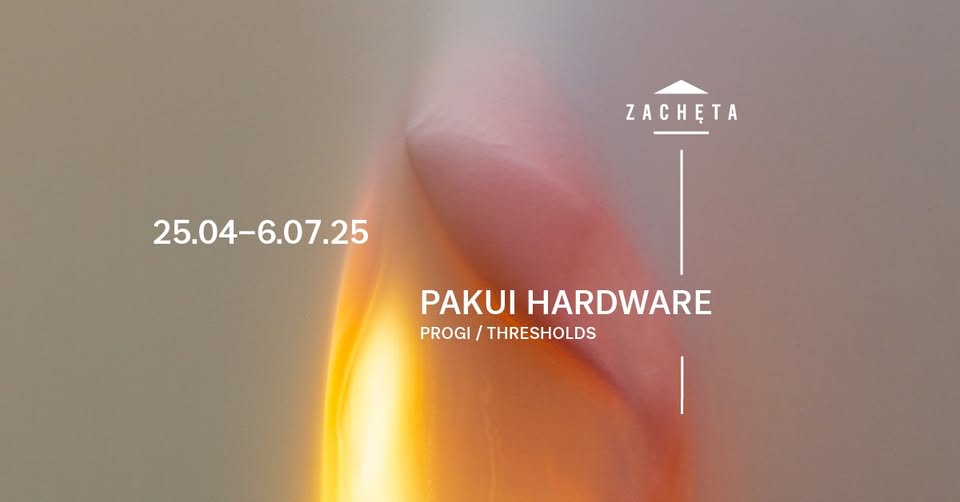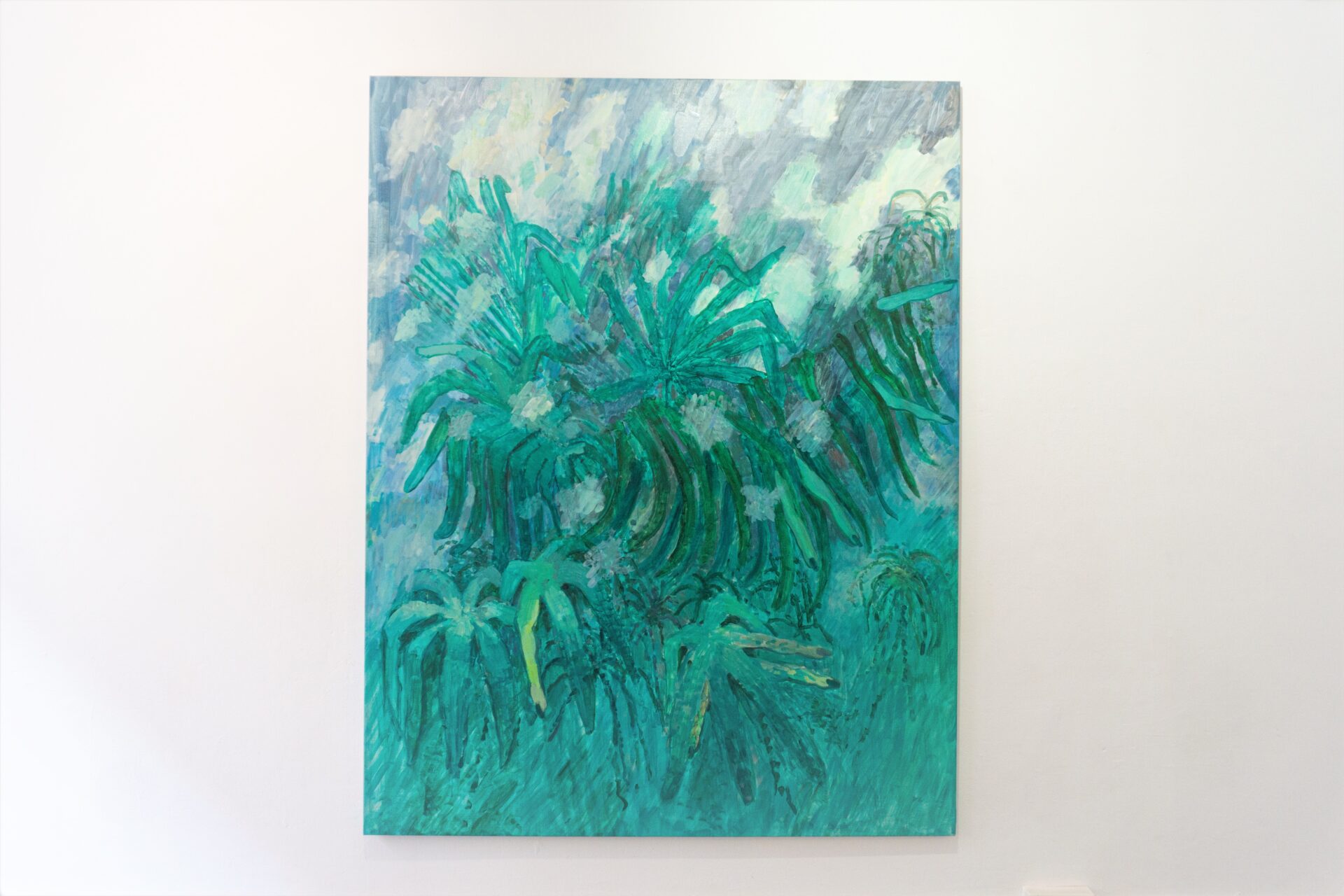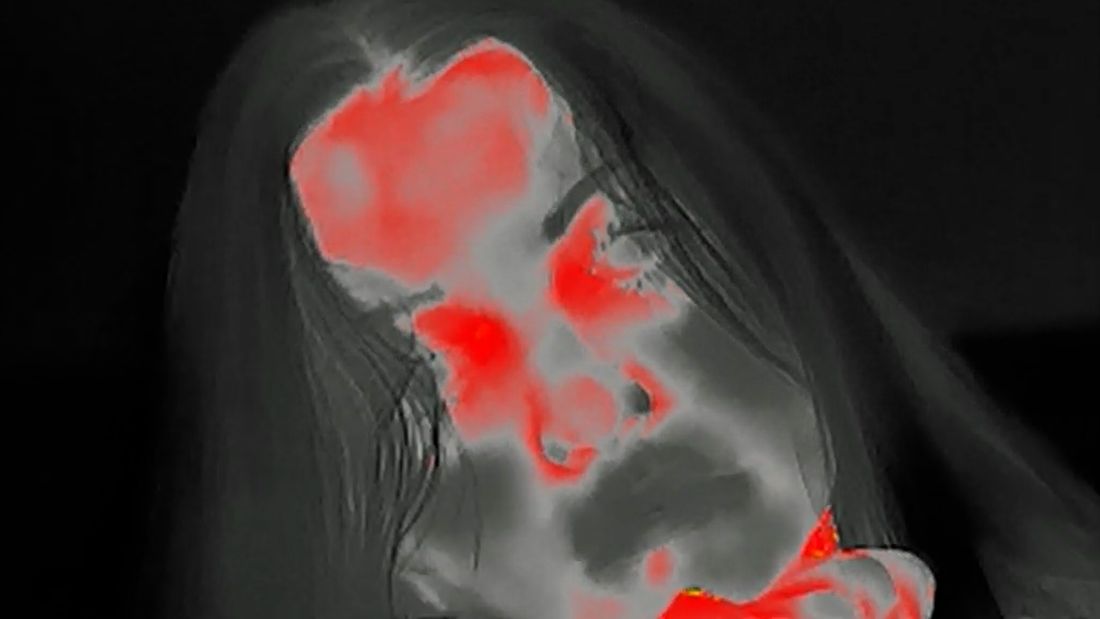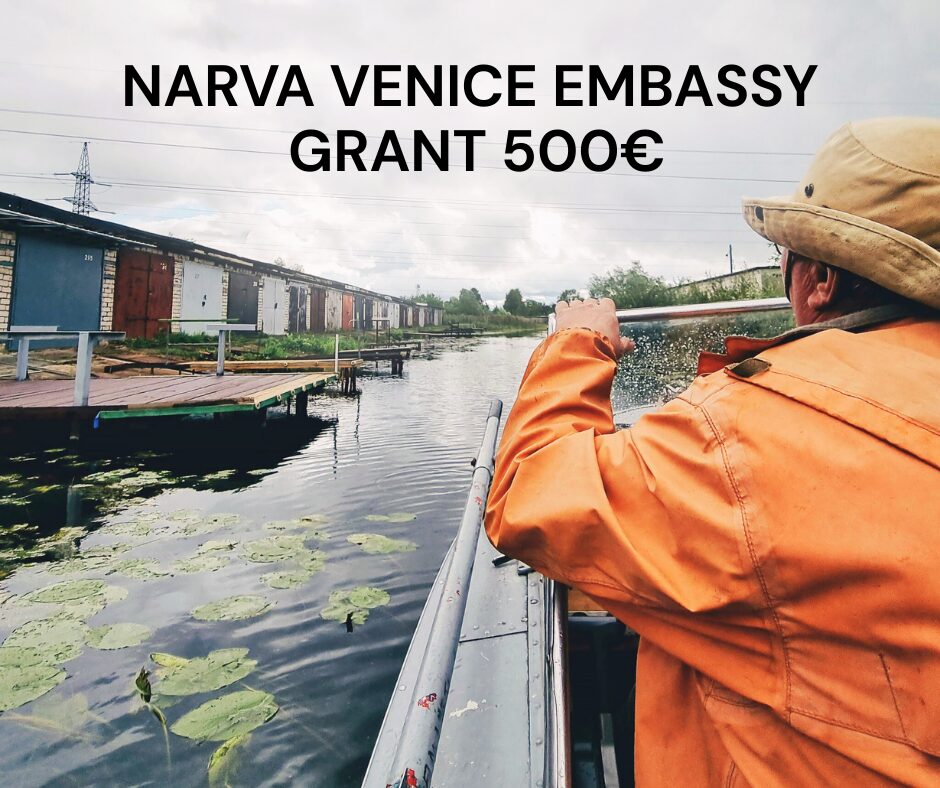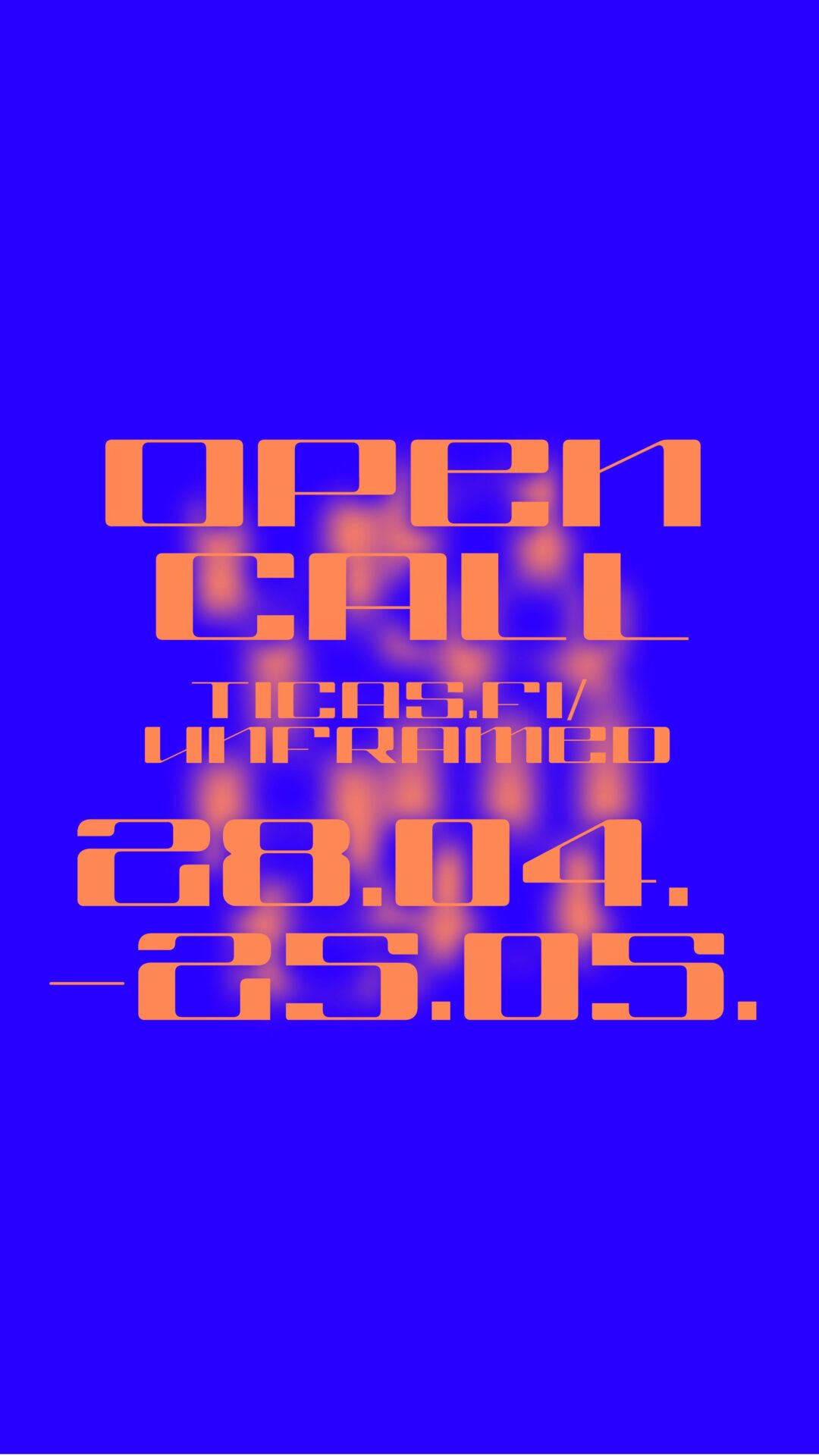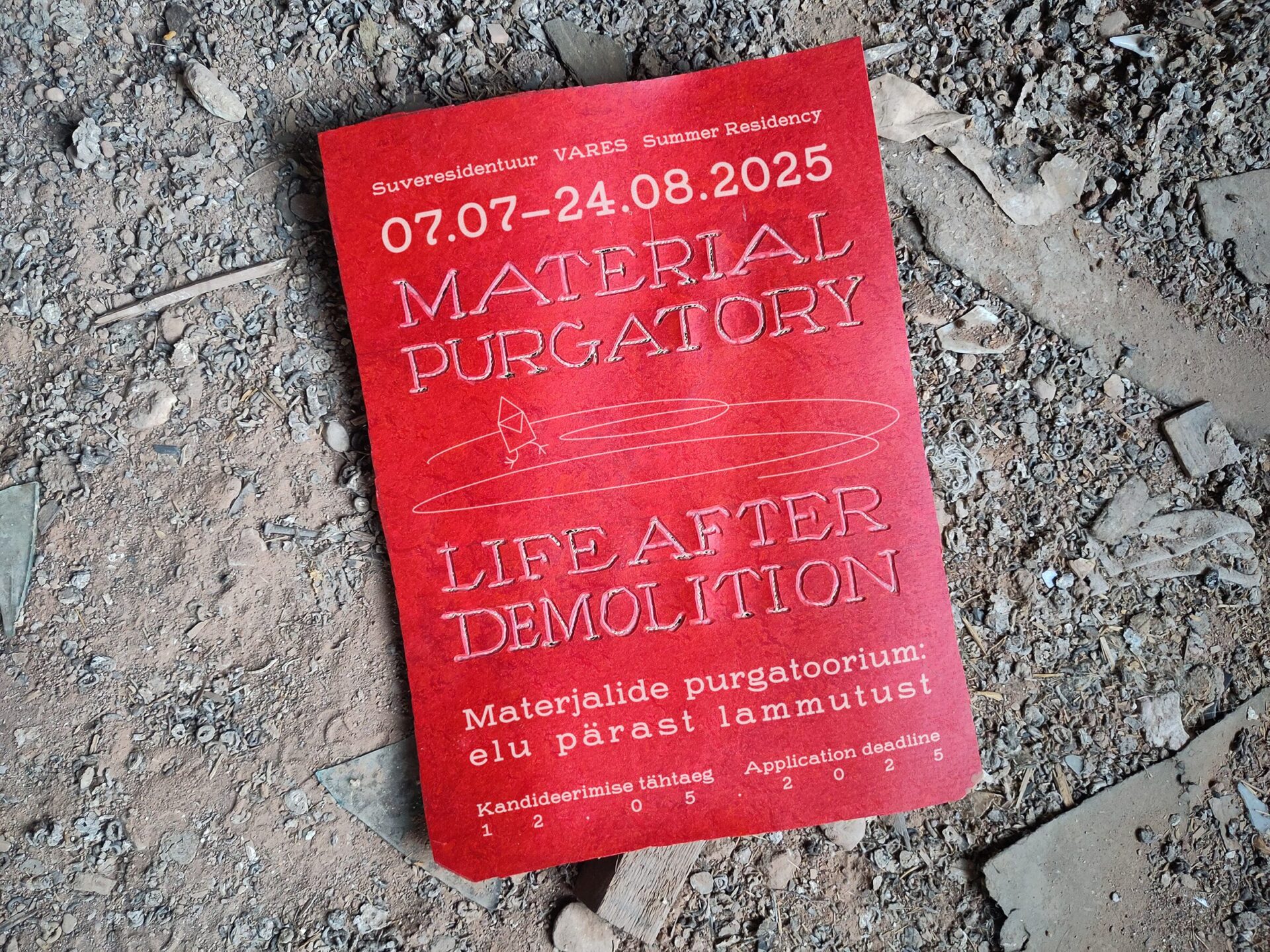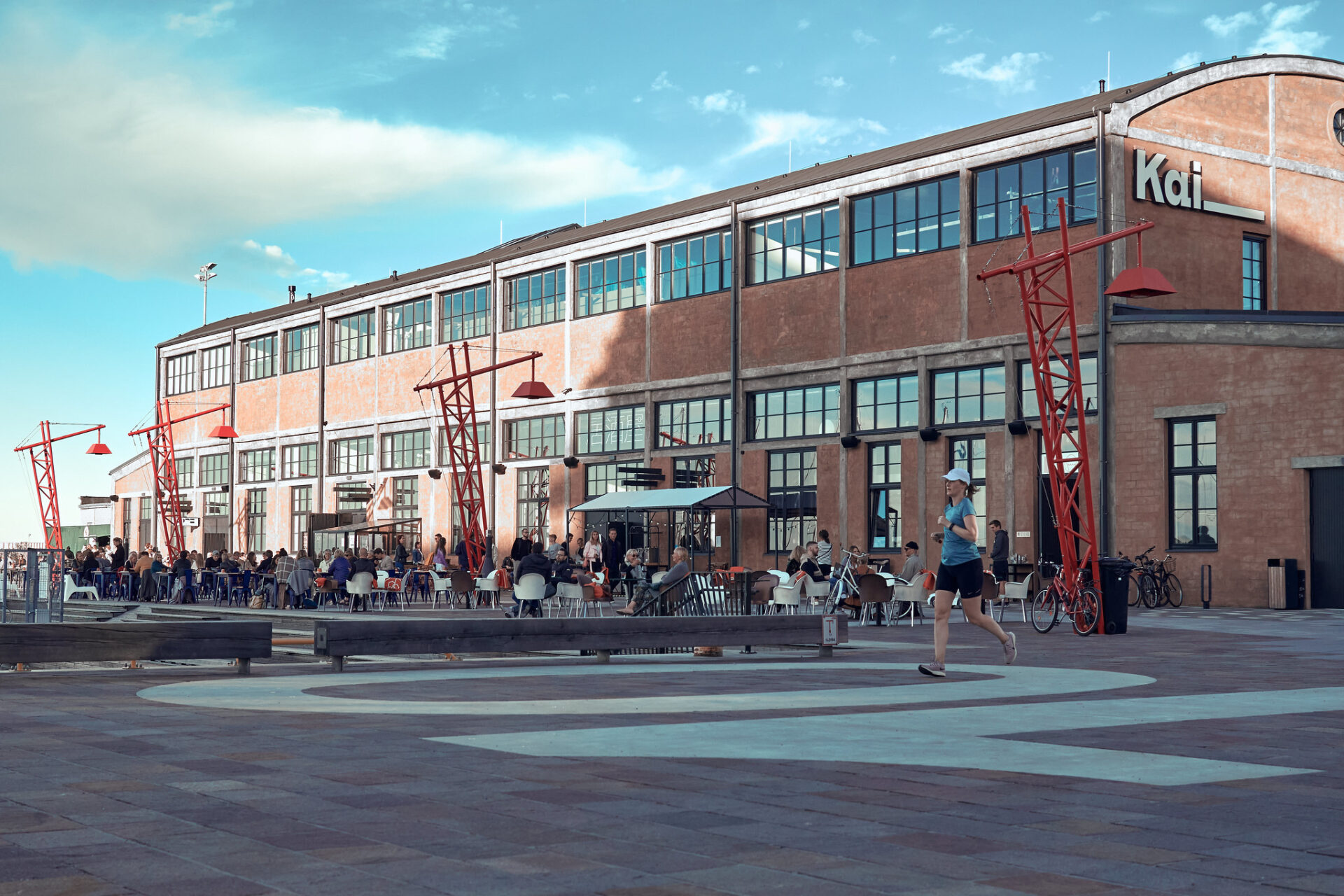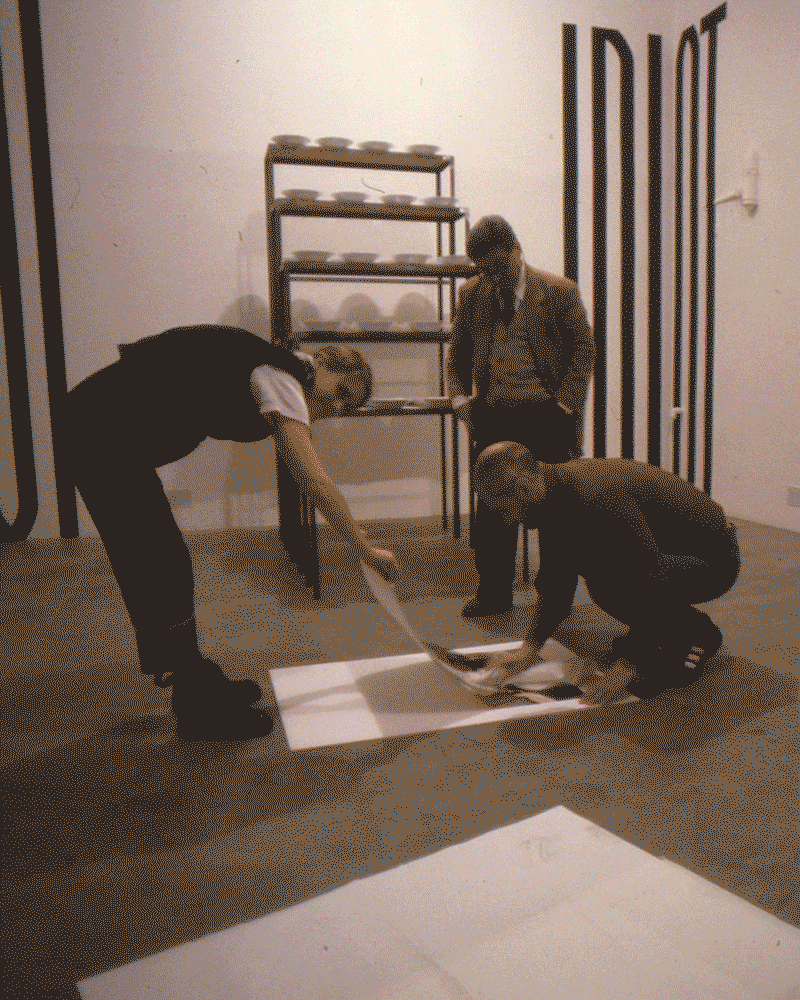Is a city a perceived, conceived, or lived-in space? Henri Lefebvre asks this question in his book The Production of Space (La production de l’espace), published in 1974 and translated into English in 1991. Lefebvre’s theory highlights the transformative and transforming nature of urban spaces. In his book he explains that a perceived space is the way one experiences the world through the senses, and a conceived space is a combination of ideology and knowledge, which find their embodiment through the way cities are a built and lived-in space, where the physical and mental spaces interrelate. Lived-in spaces are filled with symbolic meanings which the city dwellers attribute to the spaces themselves, using their imagination, background, and the ways in which they use urban spaces every day.
The everyday experience of city life demonstrates that it is not enough to think of urban spaces from a purely geometrical perspective. Lefebvre’s famous triad is both theoretical and practical, because it allows any city dweller to look at urban spaces as multi-layered cultural and social containers, revealing that cities are networks of spaces which communicate, contradict and complement each other. In addition, it asks thought-provoking questions, such as whom cities are built for, who the everyday users of spaces are, who has a say in what ways the spaces can be used, and what becomes of old buildings when new projects get approved; most importantly, whether the emotional connections the dwellers develop with the city are taken into account, and how memories of spaces that disappear can be preserved.
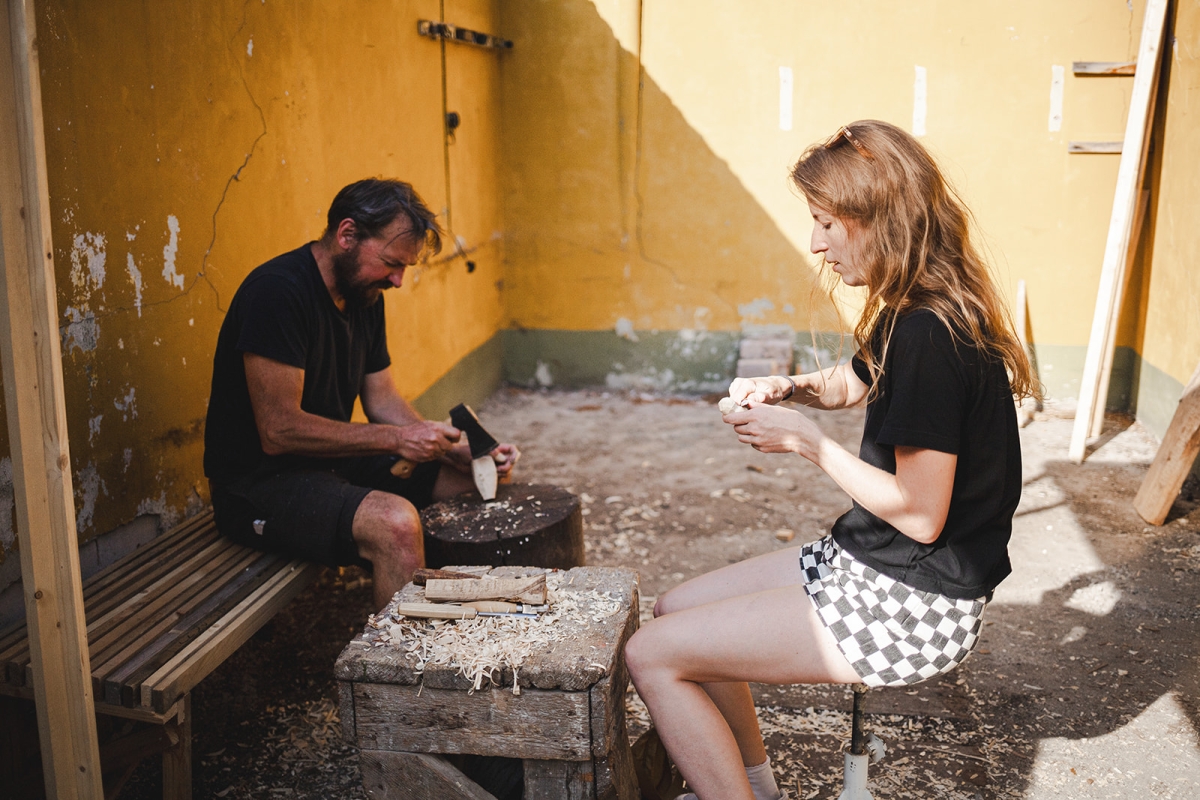
GarageLab by Alexander Römer (DE). Photo: Saara Tõugjas
The Urban Festival UIT (from the Estonian word uitama, for ‘to wander’), taking place from 16 to 18 August 2023 in Tartu by drawing attention to urban pauses in Tartu, asked its inhabitants to look at the city from a different perspective, and explore different ways in which empty, forgotten or ignored places in Tartu can be used and enjoyed. The aim of the festival was to explore ways in which the inhabitants of Tartu experience their city. Through multiple installations, creative city walks, bike rides and lectures, urban pauses came alive in engaging and surprising ways. As ignored spaces hiding in plain sight, they became an open space for interactions, while at the same time concealed from everyone’s view. The festival showed how urban pauses can be used, and in what ways emotional connections and memories can be forged by looking at the city from different angles, engaging with the spaces physically, and finding ways to build one’s own patterns in the city. By engaging with urban pauses, Tartu as a whole city becomes malleable, full of nooks worth exploring, and spaces which can get lost in the folds of the map.
Johan Kirsimäe and Markus Varki, young freelance architects from Tartu, created a space inspired by the transformative nature of the urban environment, where by walking down a gravel path in a backyard park, we can enjoy a view of Tartu framed by trees, where the viewer is both visible and concealed. From this point, a very different view of Tartu emerged: small gardens in people’s backyards, playgrounds, a woman beating a carpet, dog walkers; it makes us feel closer to the everyday life of the city. The city feels porous, the public life of the city and the private lives of its inhabitants merge into one or transition into each other. Urban pauses, characterised by their otherness and in-betweenness, break the regular rhythm of city life. The viewer can interact and reorganise the space, looking at the city from a pile of stools, or from just a single one. The installation had the charm of taking a folding chair anywhere, placing it wherever we want, and then looking at the Tartu of our own choice.
The festival offered many more such concealed urban pauses. Referee by Anna-Liisa Unt, Merle Karro-Kalberg and Karin Bachmann brought to mind the hidden worlds of Lewis Carol’s Through the Looking Glass and Frances Hodgson Burnett’s The Secret Garden. The feeling of being hidden in plain sight was complemented by What’s the point of grass? by Ulla Alla, Merilin Kaup, Mari Möldre and Margus Tammik, and Mow the Collective Desire by Ola Korbańska and Iwo Borkowicz, where the vastness of open spaces made us think about how much space we occupy compared to the grass, the trees and the sky.
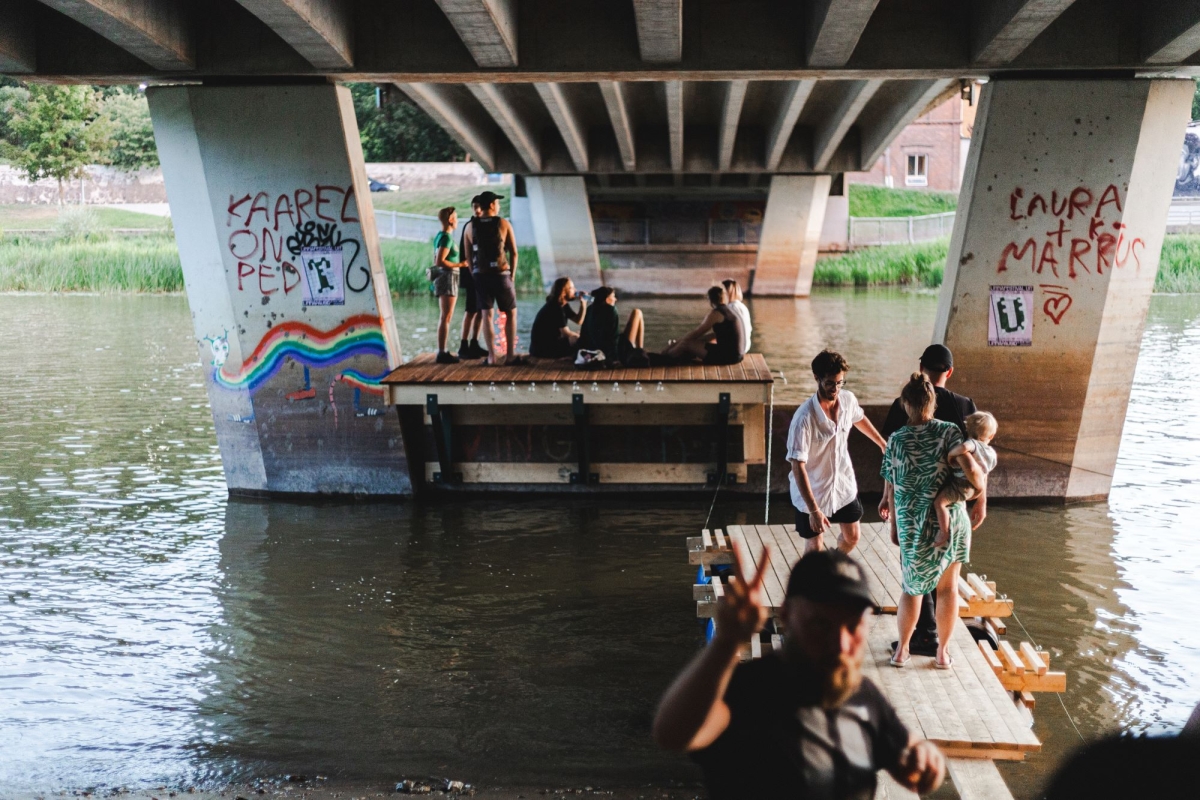
Marco Manfredino (IT), Under the bridge downtown by Marco Manfredino. Photo: Fotomorgaana
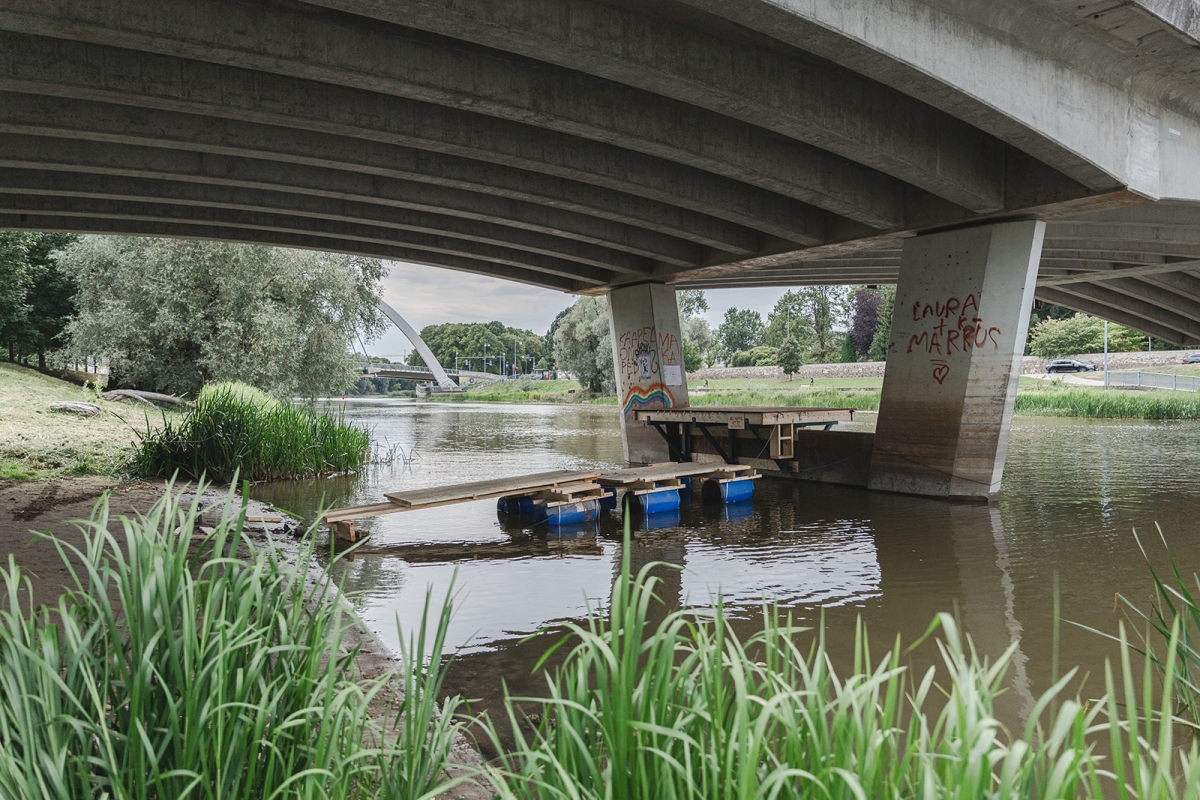
Marco Manfredino (IT), Under the bridge downtown by Marco Manfredino. Photo: Fotomorgaana
In addition to looking at Tartu from different angles, the festival encouraged city dwellers to interact physically with spaces they would not normally have access to. As a tourist in any city, going downtown is usually marked on the map as one of the must-sees. However, Marco Manfredino’s installation Under the Bridge Downtown gave an opportunity to see downtown from under a bridge.
The ambiguous nature of bridges came through in this installation, where life on the bridge and under the bridge can be seen as two different worlds. In this installation, city dwellers end up in neither, but find themselves hovering in-between. Experiencing the in-betweens makes us feel what Michel Foucault called, in his preface to ‘The Order of Things: An Archaeology of the Human Sciences’ (Les mots et les choses: Une archéologie des sciences humaines, 1966), heterotopic spaces, spaces which break with traditional time, fusing several sites which are difficult to combine and which might seem incompatible. This installation, together with Junk Playground, where children can engage with the environment in a free, creative way, and build and take apart the space around them, illustrates different ways in which urban pauses, although paradoxical and ignored, are the connective tissue of Tartu. Urban Pauses underscored the multi-layered nature of cities and the interrelations of spaces within spaces. The city can be seen as a cultural container, where personal and communal histories fuse together. The city accumulates its history by adding to it layer by layer. A cross-section of any city street will expose various controversial aspects of history, while a vertical view will demonstrate the city’s power structures that dominate the cityscape. Urban Pauses are spaces where these aspects of the city become most apparent. Anyone happening upon Urban Pauses might have more questions than answers, but that is exactly the reason to visit them.
The city is a good example of the human need for organisation and patterns. The way cities are built reveals much about human nature, where one person’s urban planning could become another’s nightmare. Not accidentally, a labyrinth is the best-known metaphor for a city. At the heart of every city lies a certain plan, and a particular design dictates a particular social order. When navigating a city, no matter how familiar, there are always some areas which we fear or avoid, and others where we feel safe. With the question of his installation What Does What You Do Do? Taavi Piibemann asked a host of related questions. How does the manner in which people build cities reflect the way they live and interact, the choices they make, the lifestyles they choose? Is it possible to capture the transformative, ever-changing and shape-shifting nature of urban spaces, and city life as a whole?
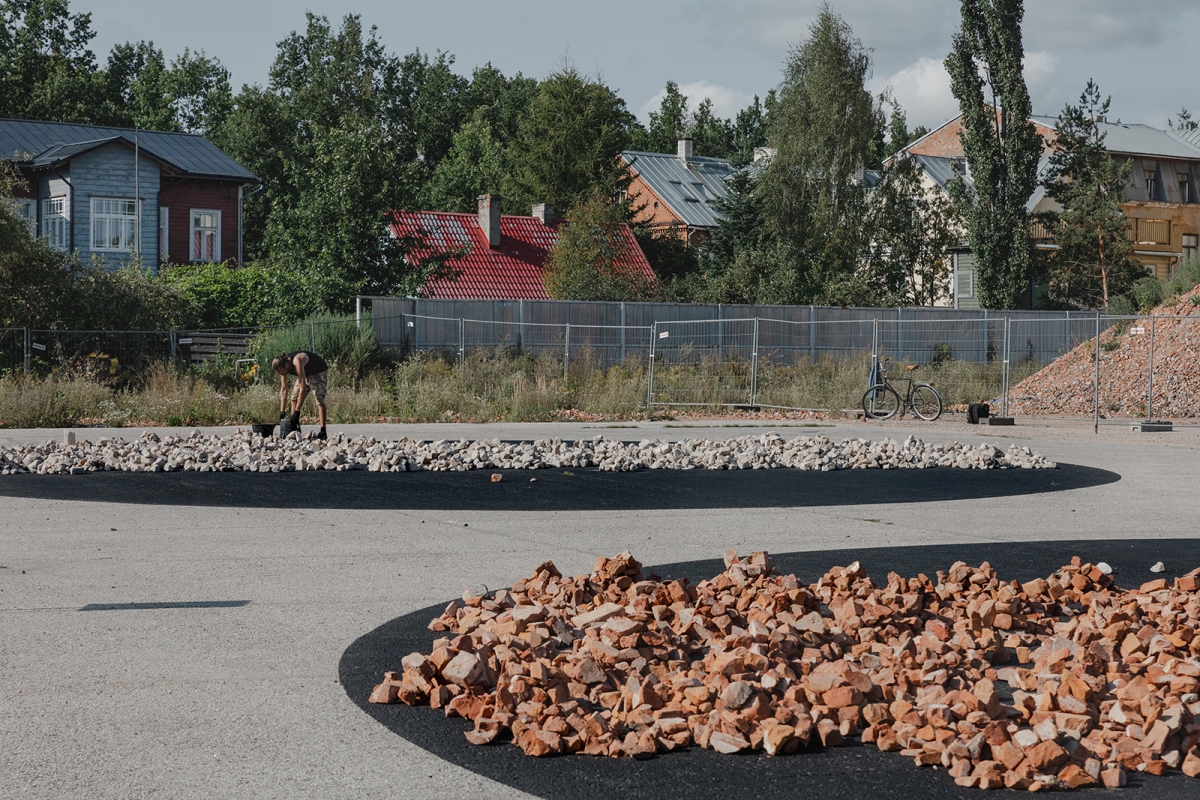
What Does What You Do Do” by Taavi Piibemann (EE). Photo: Andero Kalju
When walking through the Tiigi 67 parking place every day on the way to Tartu railway station, do you notice the changes taking place around you? Sometimes cities change so fast it is hard to remember what buildings used to be there a week or a month ago, bringing to mind a line by James Merrill in the poem ‘An Urban Convalescence’:
As usual in New York, everything is torn down
Before you have had time to care for it.
Or a line from Charles Baudelaire’s ‘The Swan’, in which he bemoans the distraction of old Paris which was changing ‘quicker, alas! than the human heart’.
Famously, in his essay ‘The Metropolis and Mental Life’, Georg Simmel emphasises the ever-changing spectacle of urban life, and the way city dwellers are bombarded by rapidly changing displays in the city, claiming in addition that urbanisation leads to disenchantment with life. Urban Pauses are interesting spaces for noticing and recording these changes. They highlight the fact that cities are full of contradictory spaces evoking conflicting emotions. The paradoxical nature of cities as places that are both safe and dangerous, prosperous and poor, beautiful and ugly, tangible and intangible, measurable and illusive, imaginary and real, makes it difficult for city dwellers to articulate precisely how they feel about where they live. The UIT festival urged one to pause, stop, observe, and look at things which are lost in the hectic pace of city life. It highlighted the fact that what might seem like a blank space is in fact full of opportunities if we bring our imagination along.
Equipped with a map, we can discover urban pauses for ourselves, and define them in the way we want. When looking at a city through urban pauses, it seems to be made of plasticine, a place for the imagination to thrive, a place where everything that is permanent becomes transient, and the other way round. Through urban pauses, the city emerges not only as a perceived, conceived and lived-in space, but also as a living space, alive with its own rhythms, routines and rituals. Are urban pauses permanent or transient? Looking back at the spaces from the UIT festival, they become both, since they existed in real time and space, and even after being dismantled create emotional points of connection for their inhabitants, bringing back a feeling of saudade of summers long gone and yet to come.
Tetyana Kasima is a PhD student and junior research fellow in comparative literature at the University of Tartu.
The article was first published in Sirp.
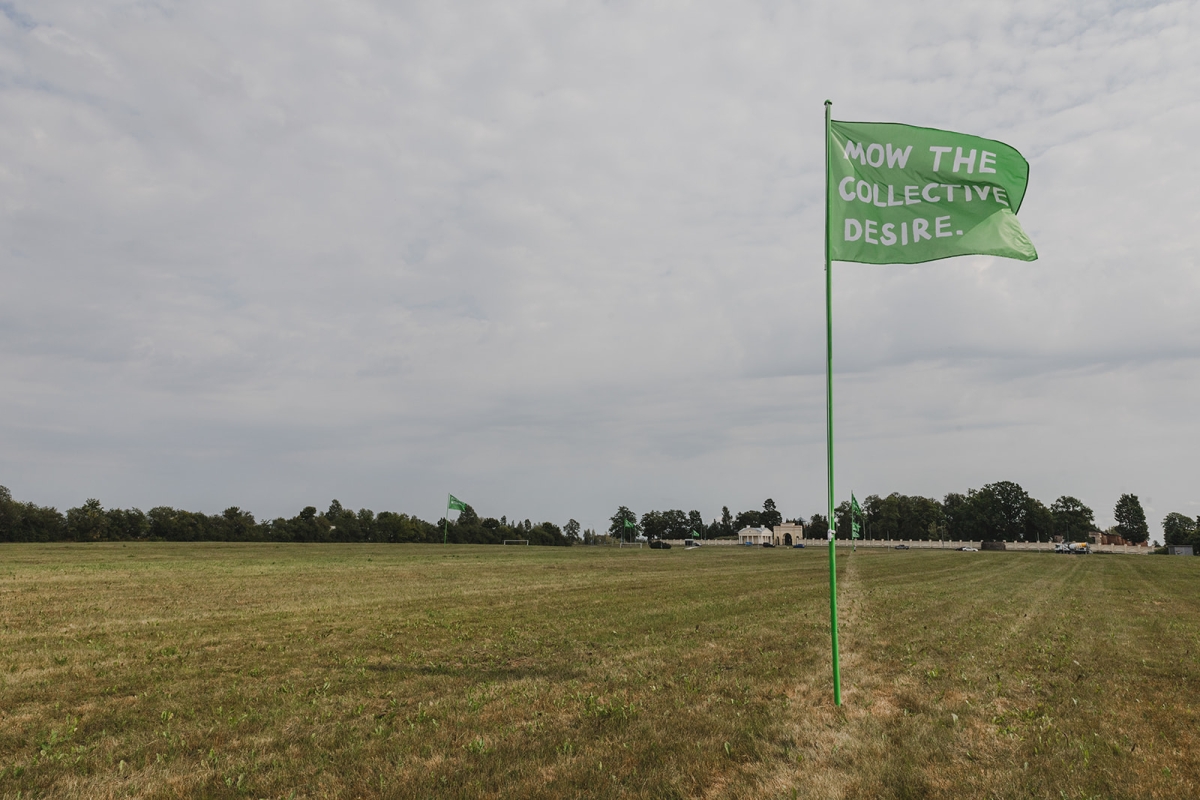
“Mow the Collective Desire”, OLA KORBAŃSKA IWO BORKOWICZ (PL). Photo: Fotomorgaana

“Mow the Collective Desire”, OLA KORBAŃSKA IWO BORKOWICZ (PL). Photo: Fotomorgaana
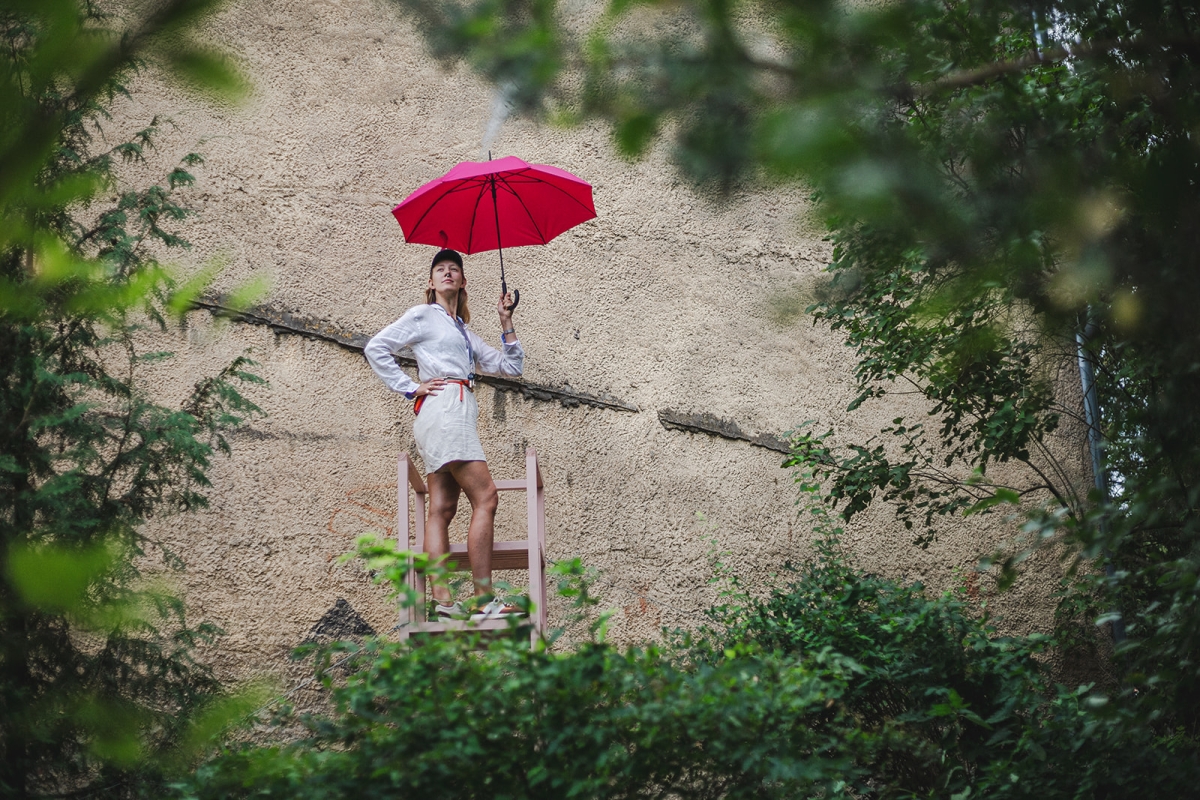
“Referee” by CURATED BIODIVERSITY (EE). Photo: Fotomorgaana
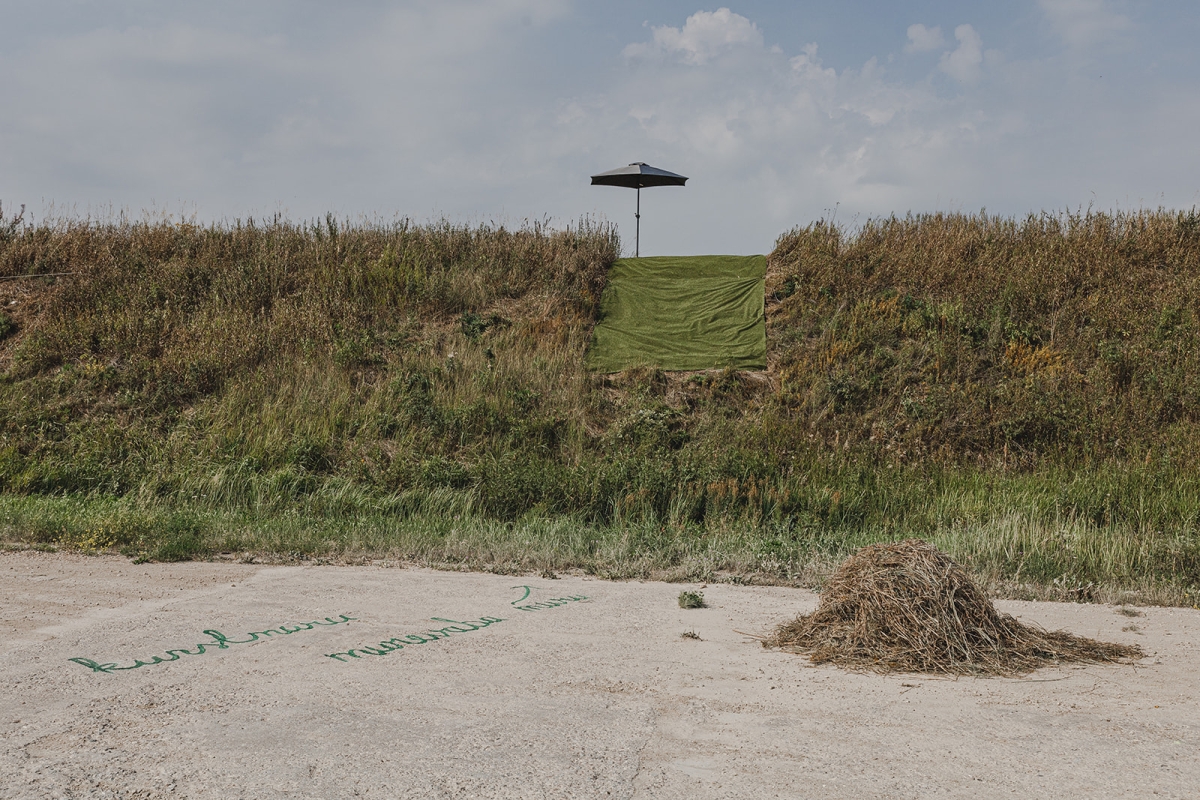
What’s the point of grass, ULLA ALLA, MERILIN KAUP, MARI MÖLDRE MARGUS TAMMIK (EE). Photo: Fotomorgaana
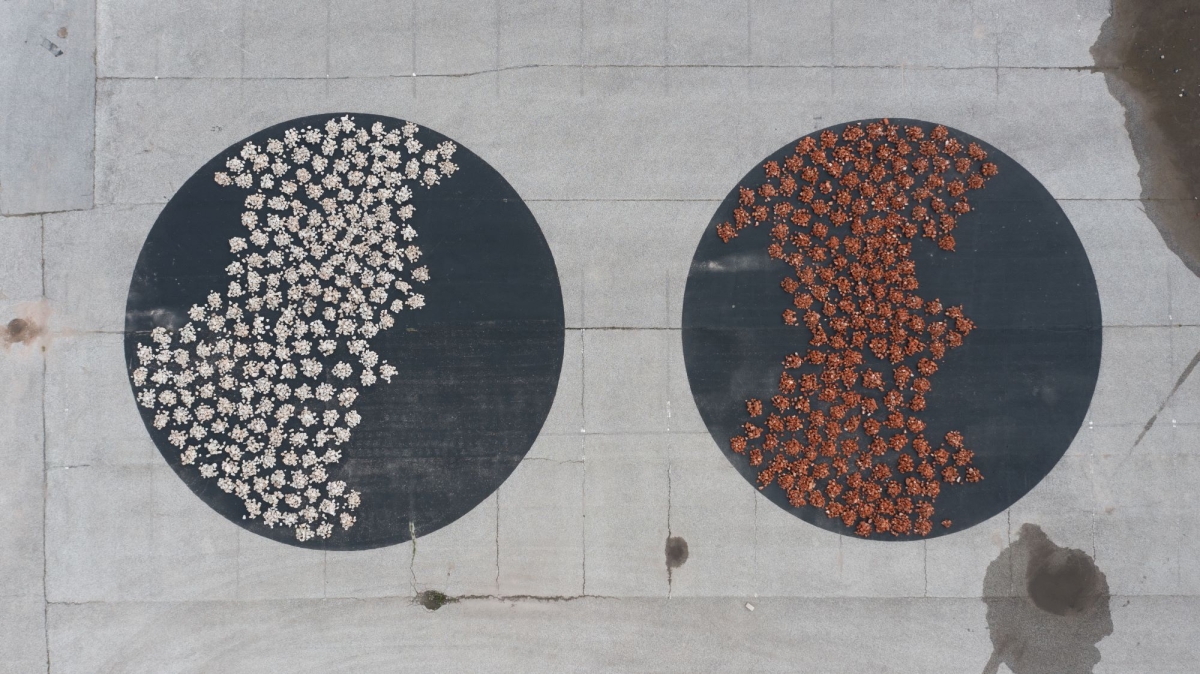
What Does What You Do Do” by Taavi Piibemann (EE). Photo: Andero Kalju
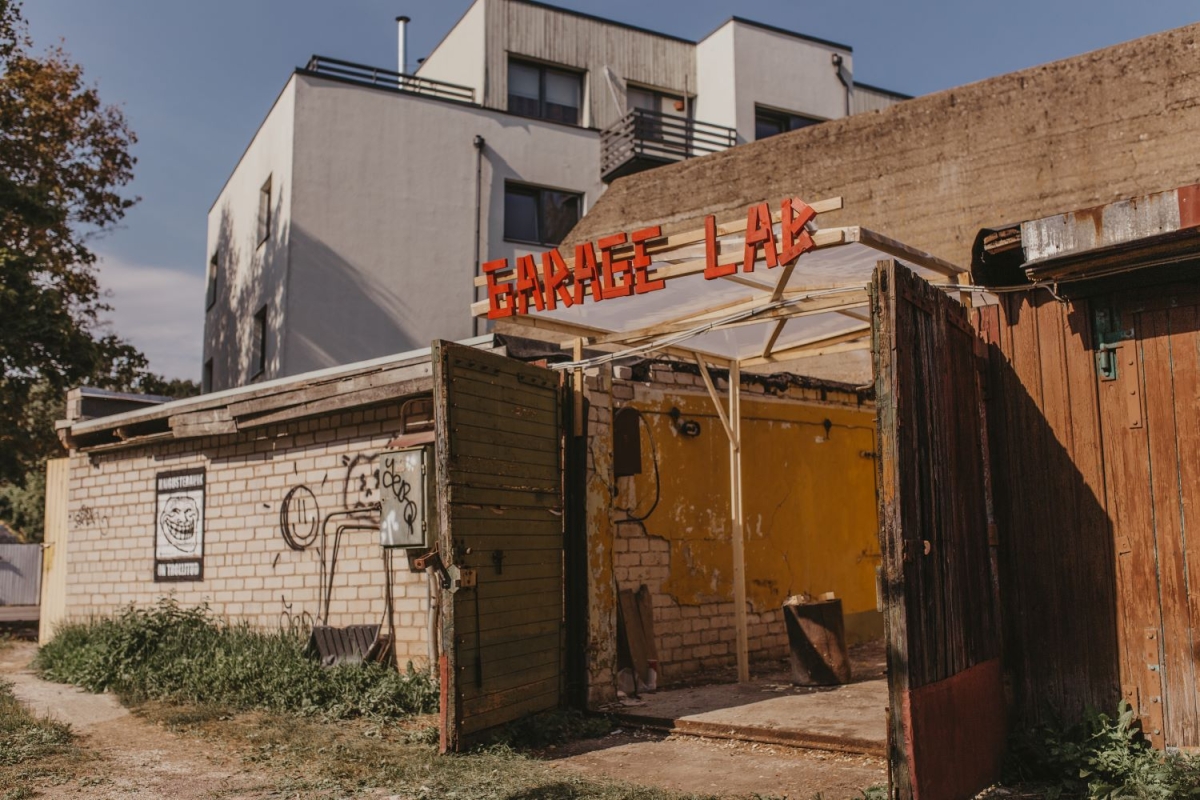
GarageLab by Alexander Römer (DE). Photo: Saara Tõugjas
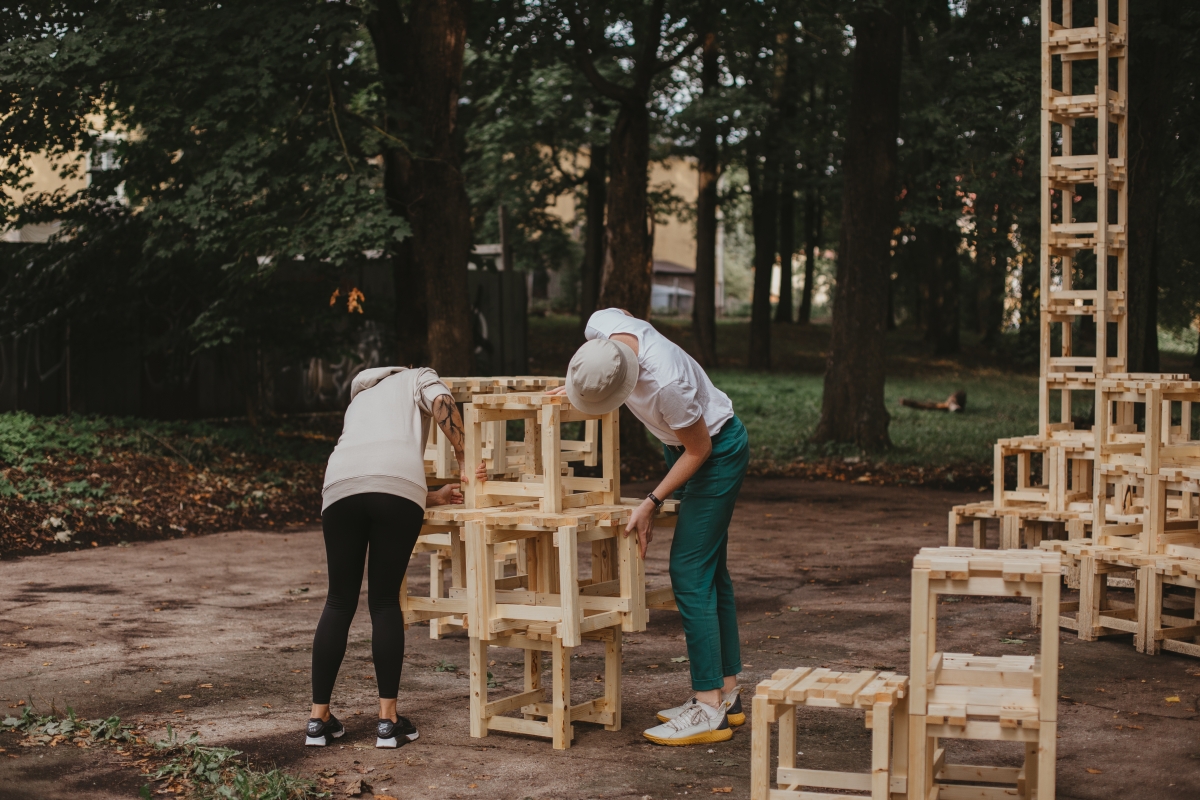
Stool by Johan Kirsimäe ja Markus Varki Photo: Saara Tõugjas
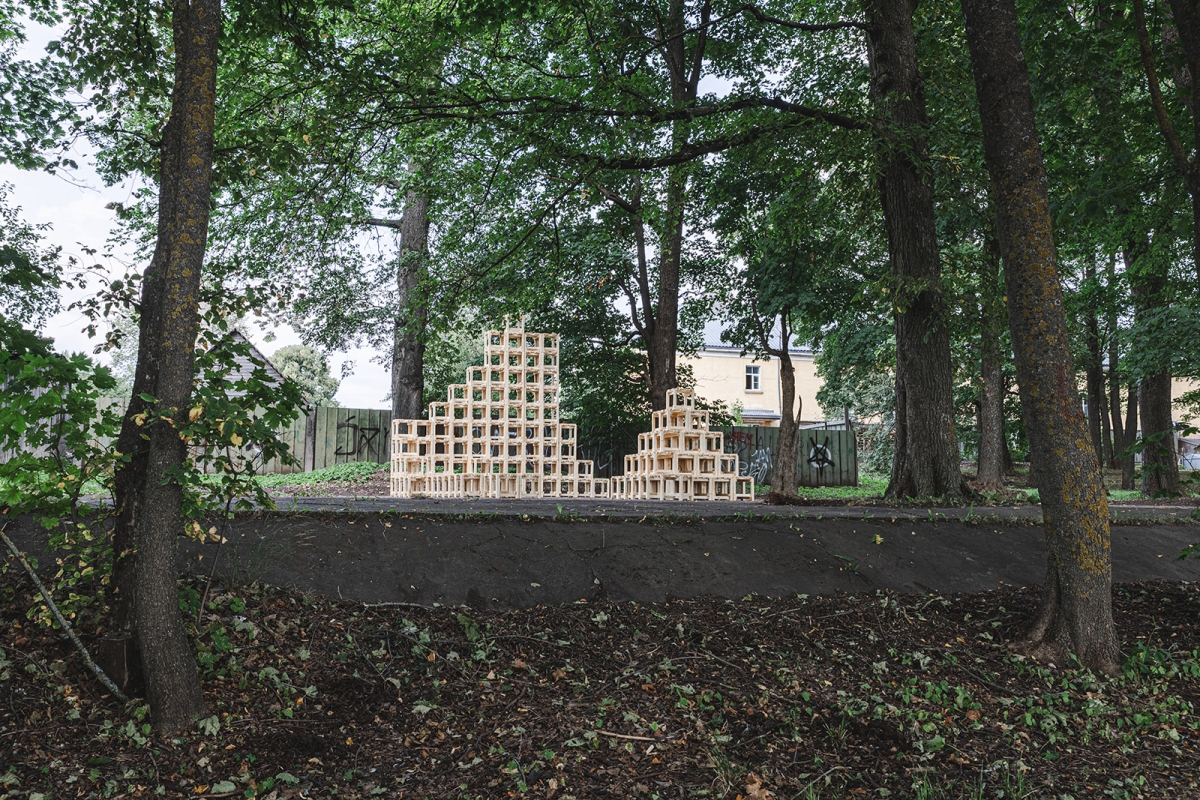
Stool by Johan Kirsimäe ja Markus Varki Photo: Saara Tõugjas
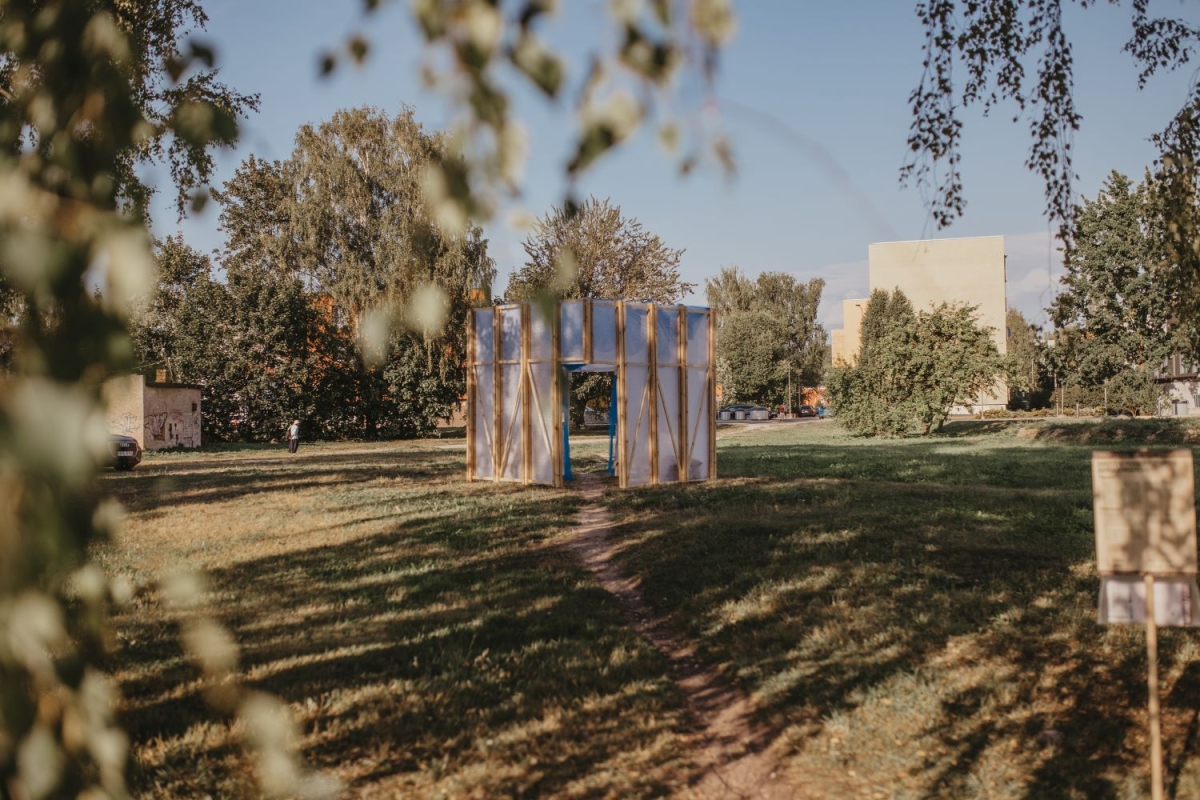
Trailpause by Daria Khramova Kristīne Mogiļevceva (LV, IL). Photo: Saara Tõugjas

